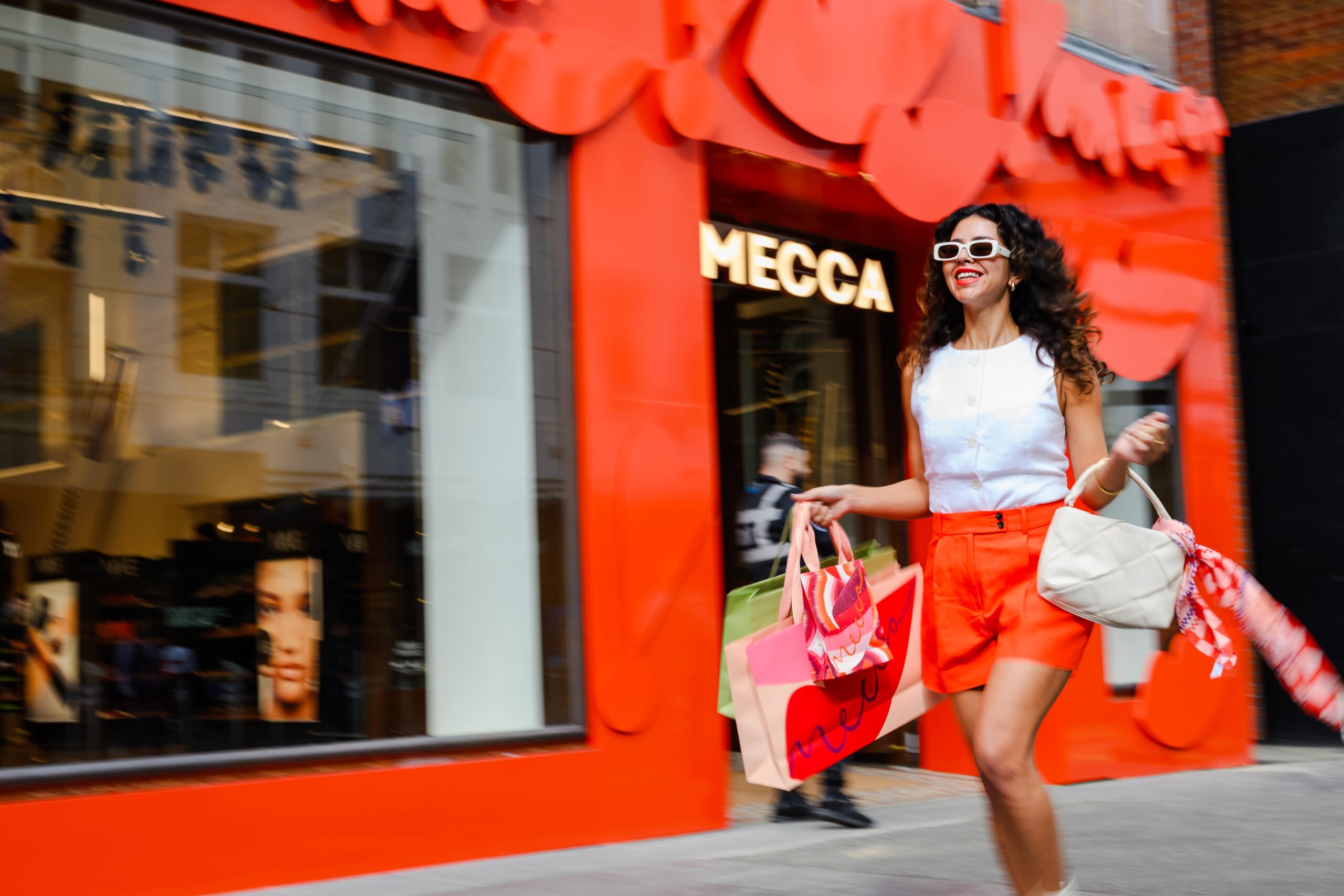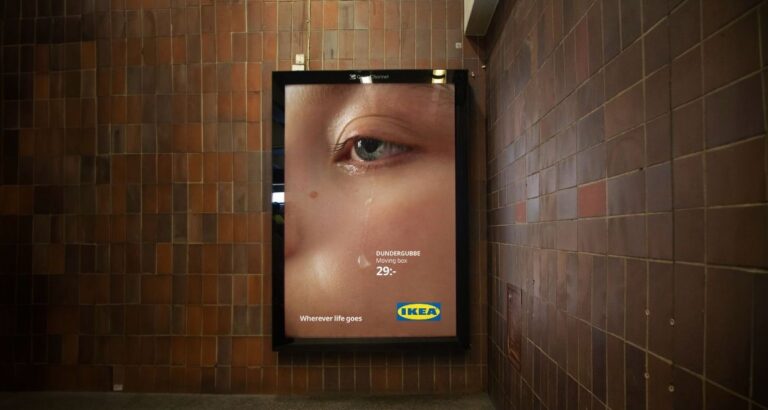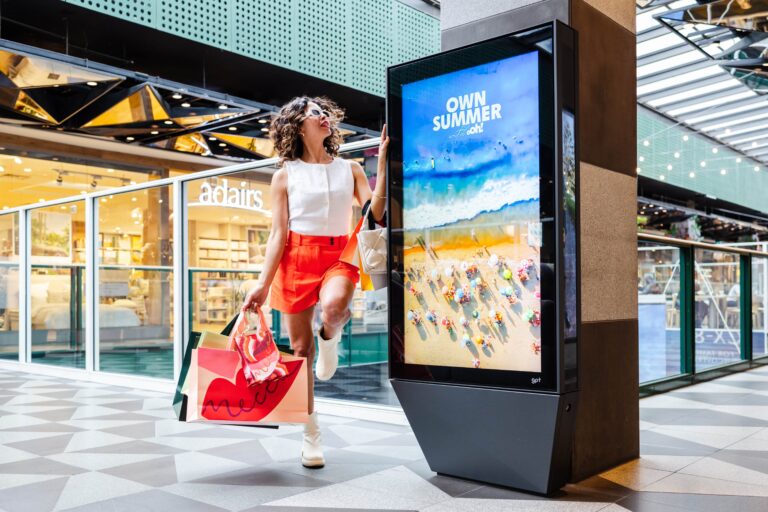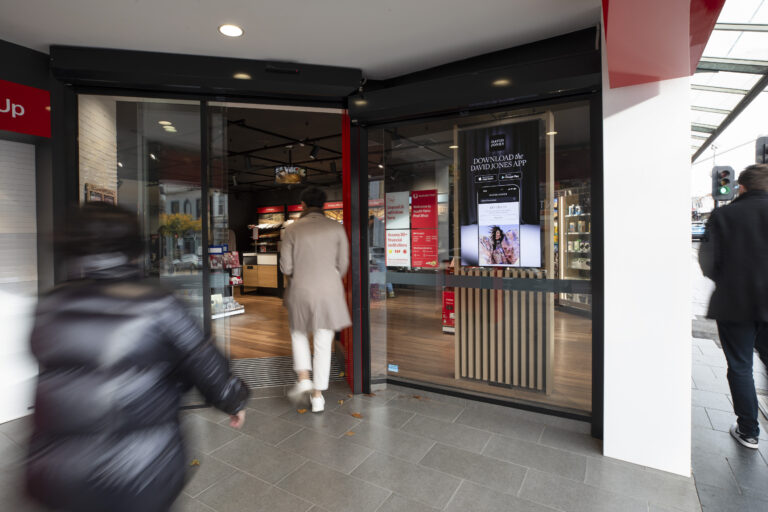As originally published in B&T.
The viral Coldplay stadium moment reveals the power of Out of Home media to drive real-world attention, cultural momentum and brand fame in a way digital alone can’t, writes Bel Harper, oOh!media, chief product and marketing officer.
Sometimes the biggest lessons for the media come from the most unexpected places.
A few seconds on a stadium kiss cam during a Coldplay concert sparked one of the most viral stories of the year, captivating global audiences, dominating TikTok feeds, headlines, and even dinner table conversations.
But beyond the drama and the memes lies a powerful reminder for marketers, creatives and agency planners. This wasn’t a moment born in social. It started in the real world, broadcast live on a big screen to thousands of people, and only then did social media take it up with some gusto.
That’s where the opportunity lies for broadcast media channels, such as Out of Home (OOH). In a media landscape drowning in digital noise, the Coldplay moment showed how real-world media can cut through, create emotion, and generate the kind of attention that algorithms alone can’t buy.
OOH is often treated as a supporting act in media plans. But moments like the kiss cam prove it can be the spark that ignites conversation.
When a message or moment happens in a physical space, in front of a crowd, on a street corner, or on a station screen it carries more weight. Context, surprise, emotion, and shared experience all collide to create something sticky. We don’t just see it, we feel it.
In chasing reach and digital optimisation, marketers can forget the value of emotional resonance. But it’s this resonance that leads to impact, especially when real-world encounters drive people to capture, share, and amplify the experience across their own networks.
OOH offers something unique, the ability to meet people where they are, physically and emotionally. It’s not about shouting the loudest, it’s about striking the right chord in the right context.
If you want a brand to go viral, don’t start by asking how many people will see your campaign. Start by asking how it will make them feel. Humour, nostalgia, joy and pride are universal. Design for moments people want to remember and record. When people are pulling out their phones to capture your billboard, your stadium screen, or your street activation, you’ve hit the mark.
The best OOH doesn’t interrupt, it integrates, it speaks with people, not at them. Short, clever copy. Cultural nuance. Right message, right moment. When brands treat OOH as a creative canvas, not just a format, it becomes a launchpad for amplification across social and beyond.
And here’s where strategy meets storytelling. According to Analytics Partners, for campaigns with budgets under $1 million, the combination of OOH and digital outshines the same investment on TV alone by 39 per cent. A long-term presence in OOH, coupled with digital nearly double the ROI compared to shorter TV campaigns.
For brands, if you want to break through, go where attention is most authentic. Public, physical, unfiltered. That’s the true value of OOH. Screens you can’t skip. Stories people want to share, and moments that travel far beyond the billboard.
The most powerful content doesn’t begin with a scroll. It begins in a space we all share.






